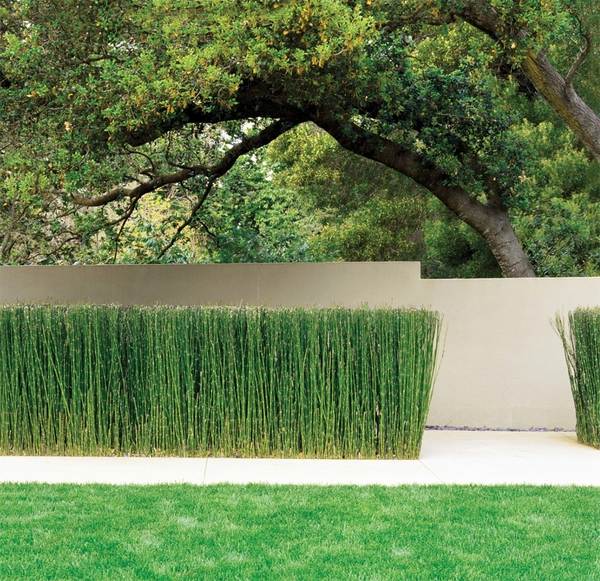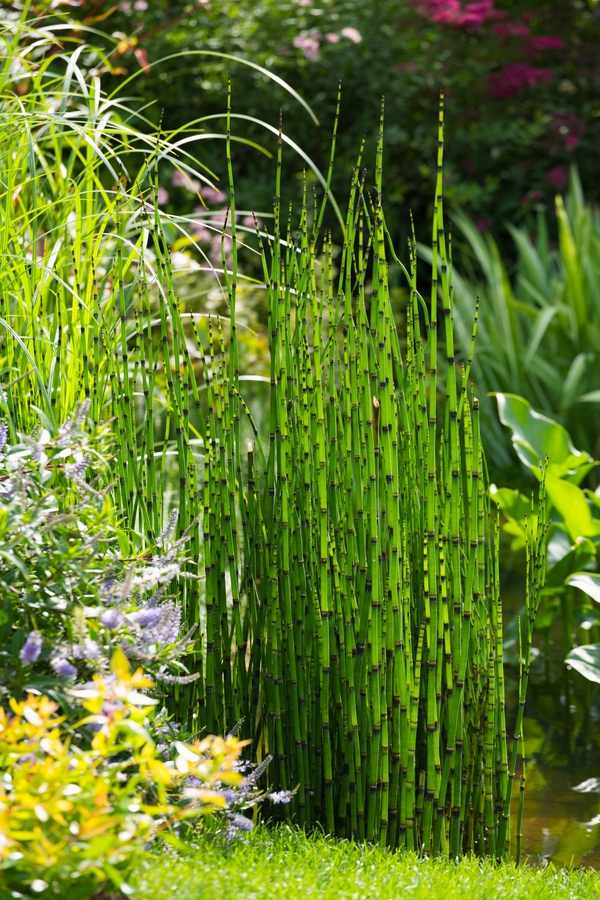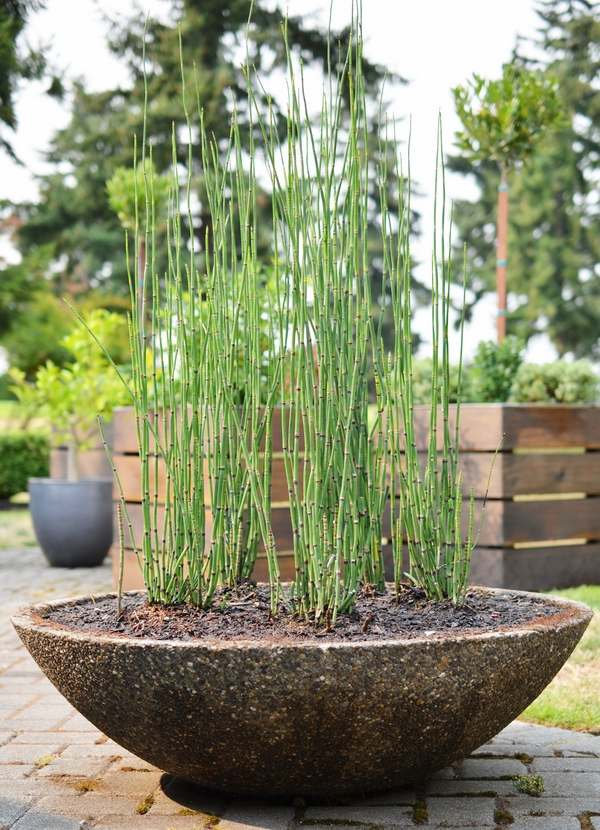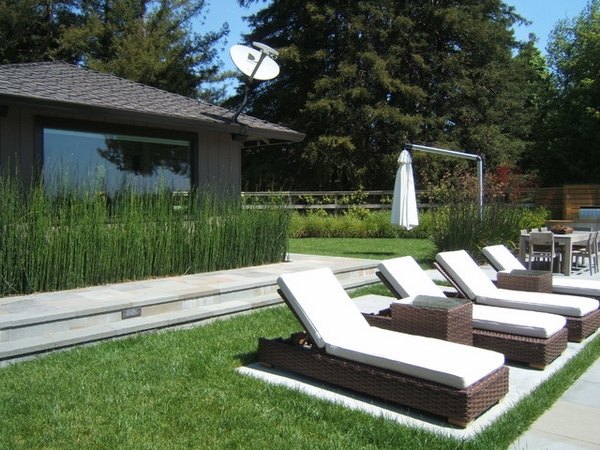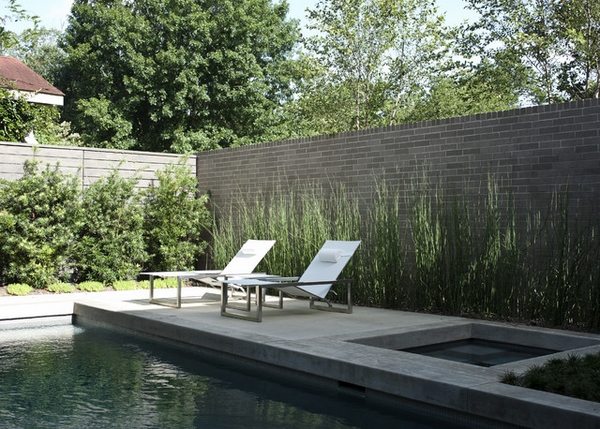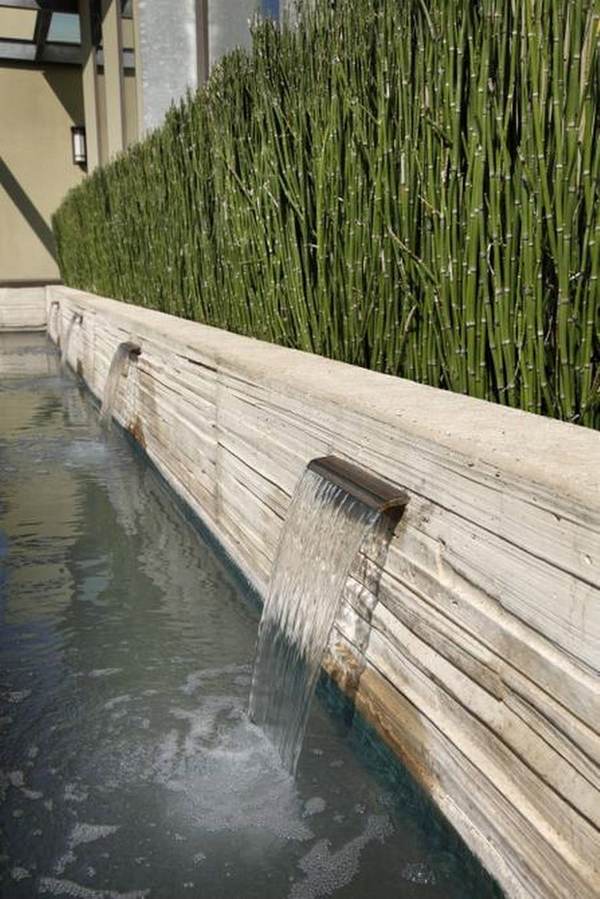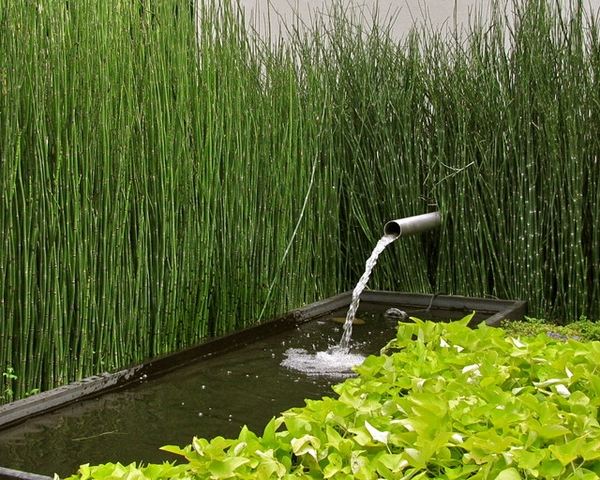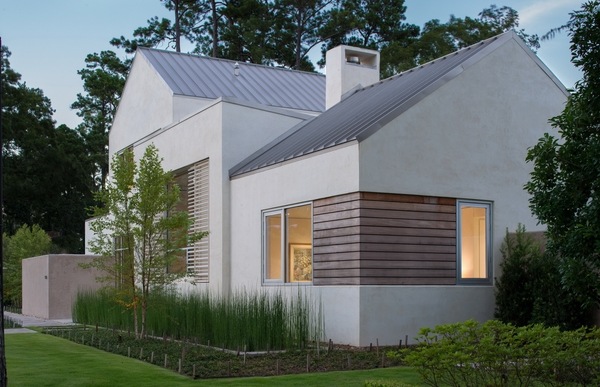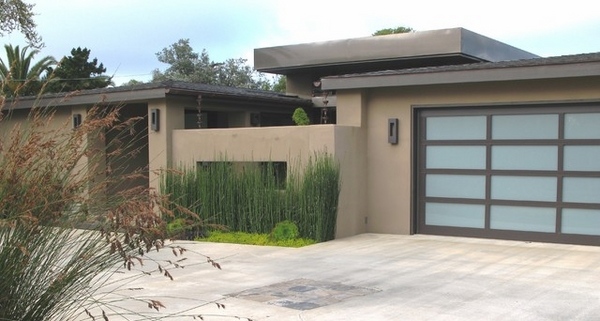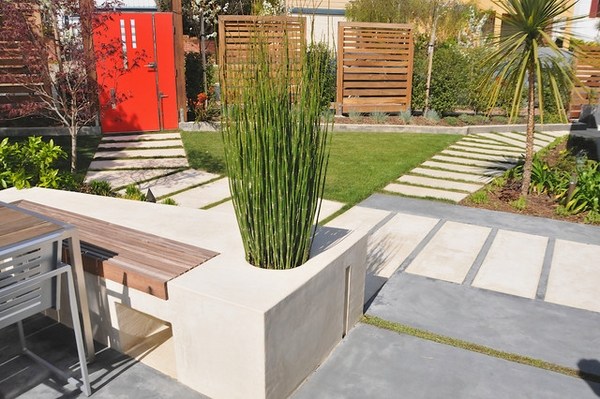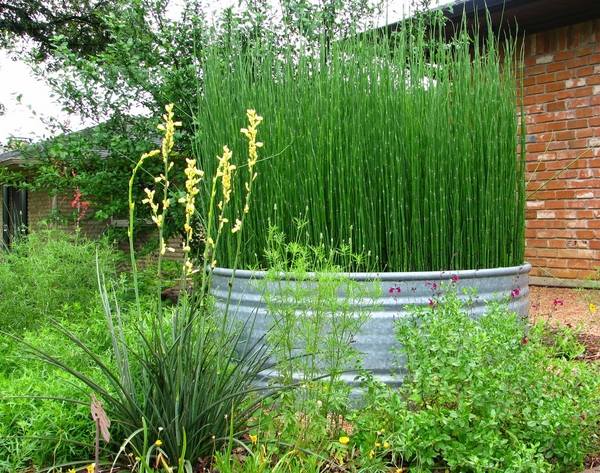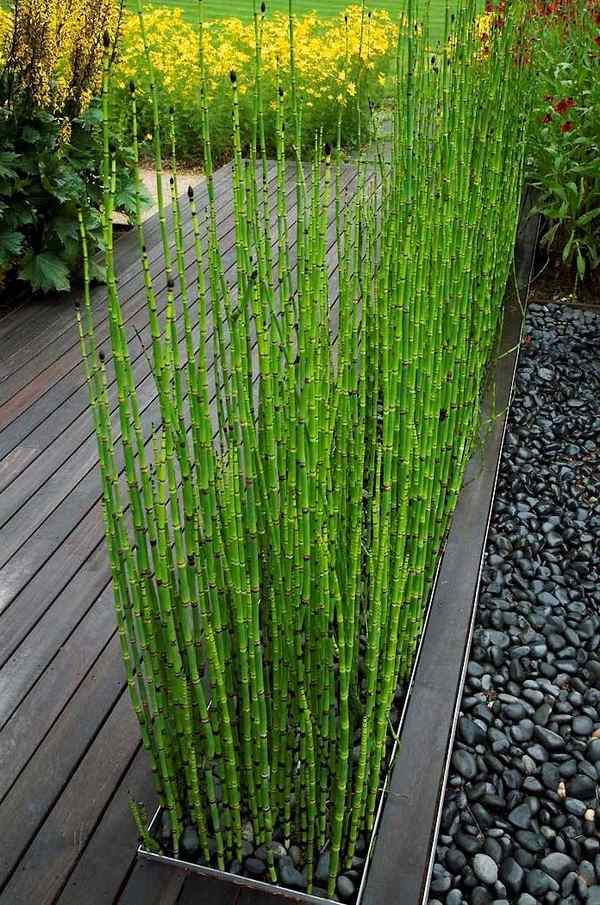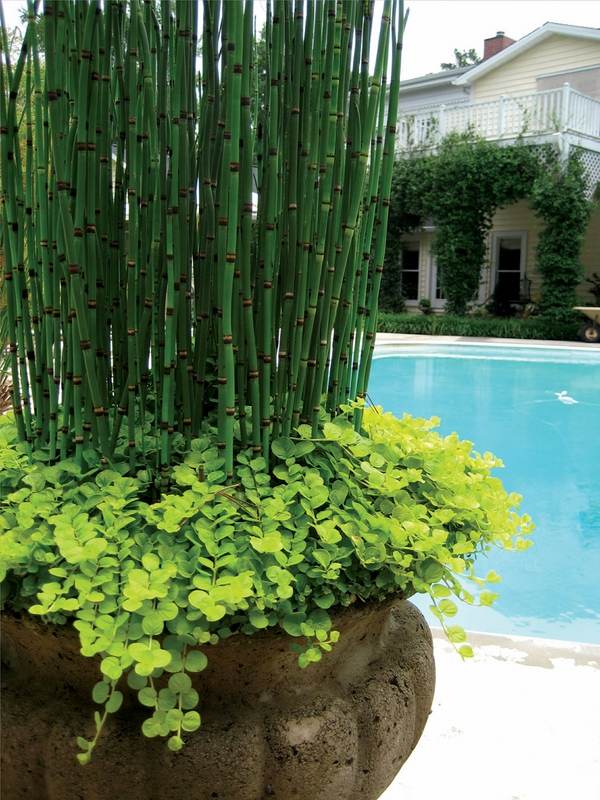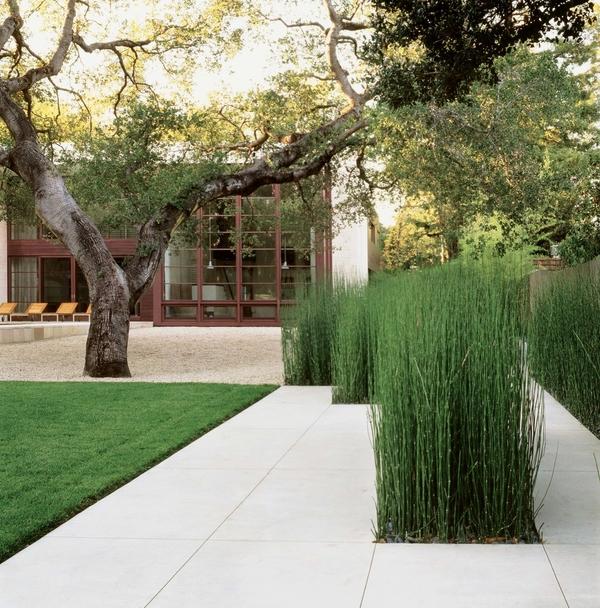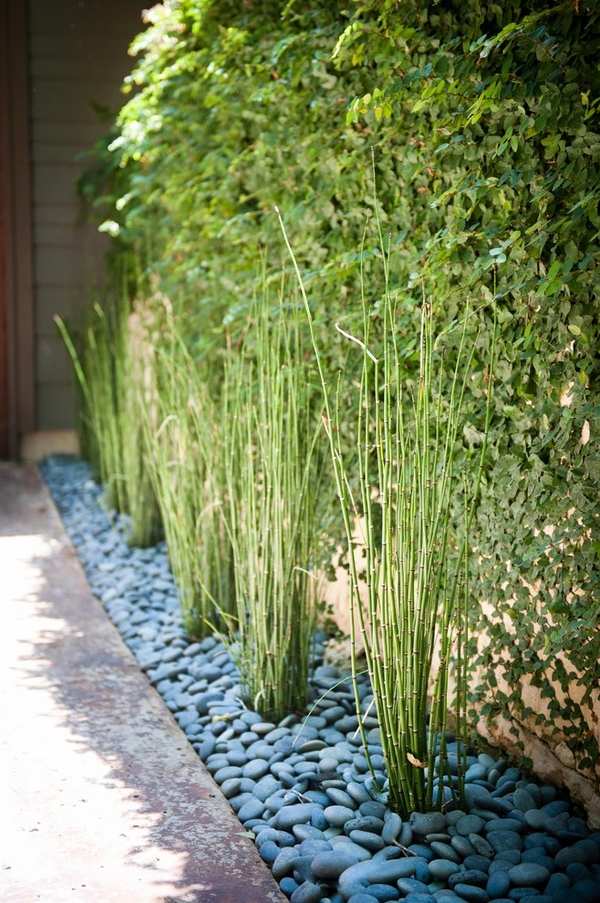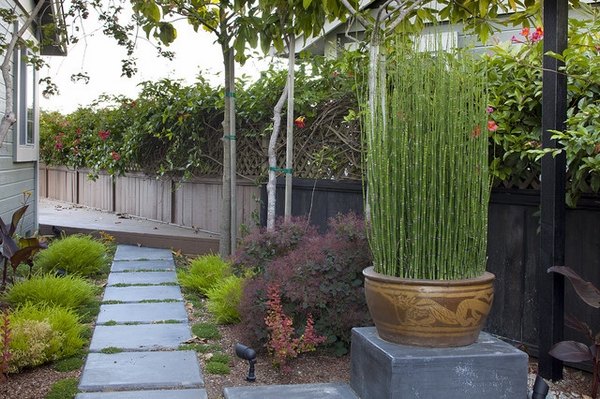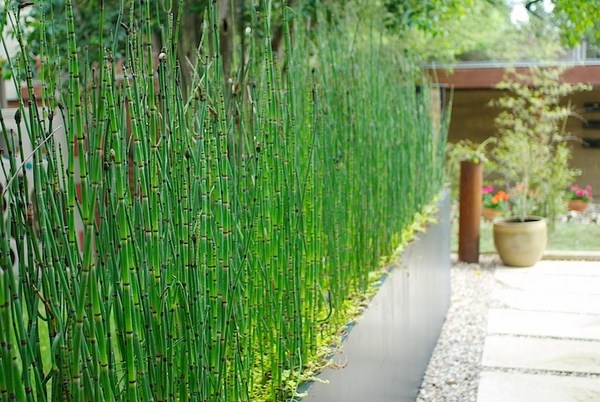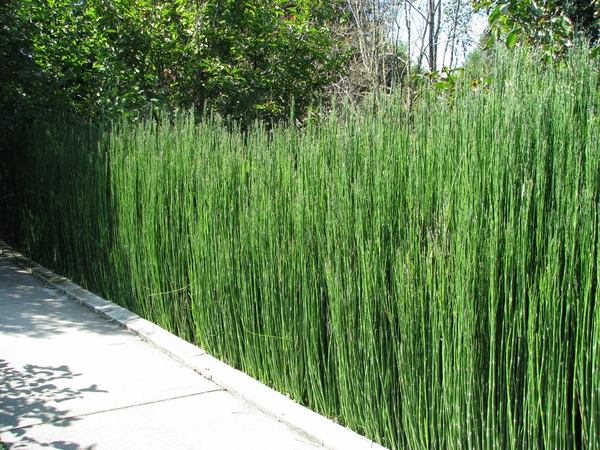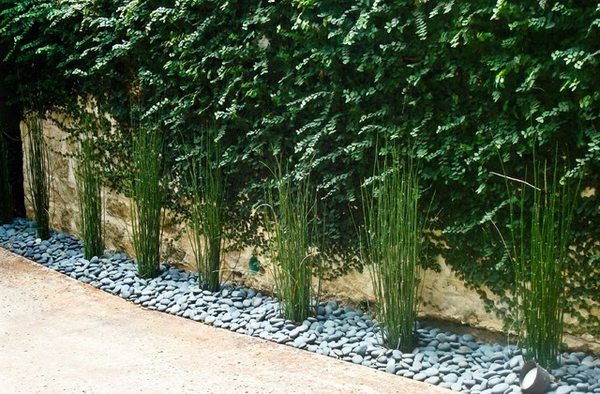There are different types of horsetail reed and the name is used to describe the whole group of plants whose appearance somewhat resembles a horse tail. Horsetail (Equisetum )is also known as puzzlegrass or snake grass and is a useful and attractive plant widely used in landscaping for its unusual and particular shape.
How to grow horsetail reed?
Horsetail reed is a perennial plant with a reed like look and nowadays is often used in landscaping as it copes very well in both dry soil and in swampy soil which makes it practically versatile. Horsetail reed is quite invasive and needs regular maintenance when planted in a flower bed. Many people grow it in containers to prevent horsetail to occupy the whole garden. If you want to grow horsetail reed you should plant it in early spring when there is no danger of frosting. Experts advise that it is best to plant seeds or starters and use separate containers or planter boxes. Horsetail feels best when placed on a spot with half day sun and light shade. Make sure that it is not exposed to intensive sun light all day long as it may lead to discoloration. Horsetail requires good level of moisture and thrives when the soil is clay or sand.
Horsetail reed ideas for your garden design
Horsetail reed, with its dark green, jointed stems is a fantastic choice for a background of your garden design. It can be successfully used as one of the original ideas for yard privacy as well as it grows really high. It grows very quickly and is very invasive and it is best if you grow it in containers or have a barrier because it will interfere with the other plants in the garden. As an accent plant it adds height to the landscape and has the advantage of staying bright green all year round. It is an excellent plant choice if you have a garden pond but again, you will have to trim it periodically.
Look at the amazing garden border edging ideas

